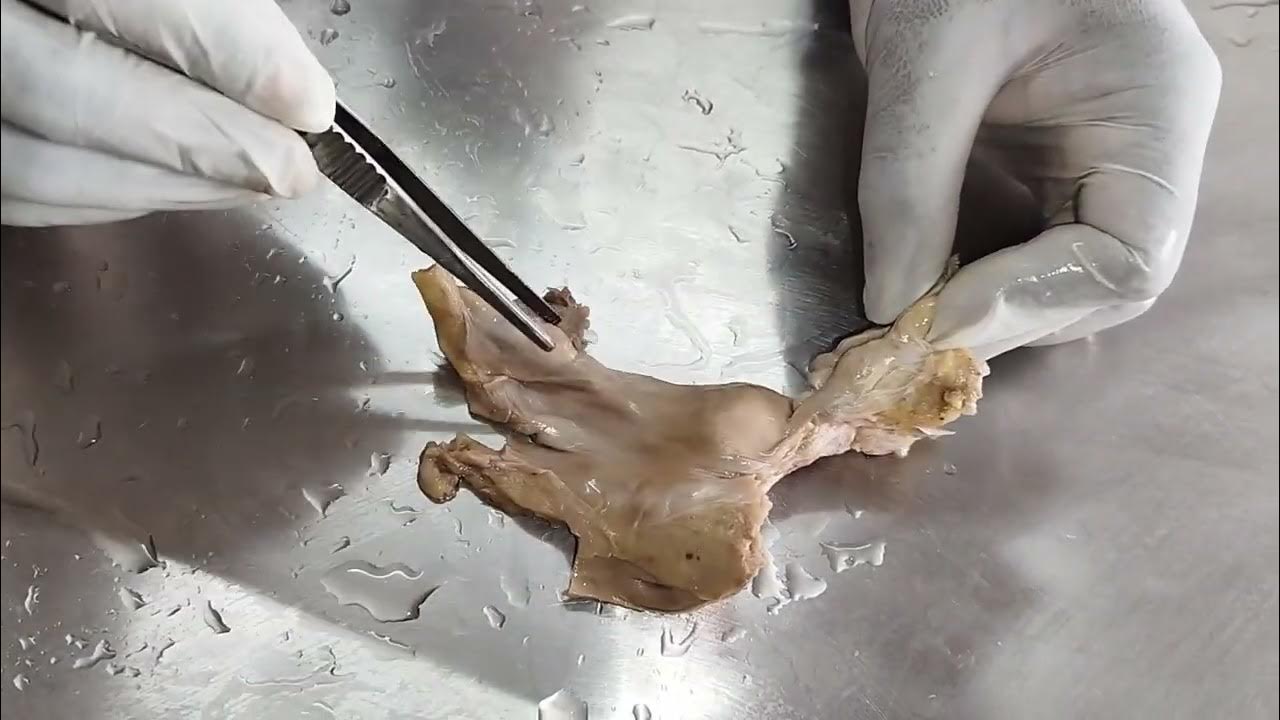Human #female reproductive system |sexual reproduction| 10th Biology :CBSE | ncert class 10 |Science
Summary
TLDRThis video offers an insightful overview of the human female reproductive system, detailing its key components: ovaries, oviducts, uterus, cervix, and vagina. It explains the process of egg cell maturation from birth through puberty, the journey of sperm to fertilization, and the nurturing role of hormones in preparing the uterus for embryo development. Highlighting the critical function of the placenta in nutrient and waste exchange, the video culminates in the gestation period, leading to childbirth through uterine contractions.
Takeaways
- 👩 The female reproductive system consists of the ovaries, oviducts, uterus, cervix, and vagina.
- 🥚 Ovaries contain thousands of immature eggs that begin maturing at puberty.
- 🌀 Oviducts, also known as fallopian tubes, are where the egg is collected and fertilization by sperm occurs.
- 🤰 The uterus, or womb, is the site for embryo implantation and development.
- 🚶♀️ The cervix is the passage connecting the uterus to the vagina, allowing for the baby's birth.
- 💦 The vagina serves as the entry point for sperm during sexual intercourse.
- 🧬 Fertilization happens when sperm meets the egg in the fallopian tube, leading to the formation of a zygote.
- 🤰 Hormones from the ovaries prepare the uterus to support the developing embryo.
- 🌱 The zygote implants in the uterine lining and begins to divide, forming an embryo.
- 🍇 The placenta is a crucial tissue that provides nutrients and oxygen to the embryo and disposes of waste.
- 🕰 The gestation period, approximately nine months, is the time taken for the child's development inside the mother's body.
Q & A
What are the primary components of the female reproductive system?
-The primary components of the female reproductive system include the ovaries, oviducts (fallopian tubes), uterus (womb), cervix, and vagina.
What is the function of ovaries in the female reproductive system?
-Ovaries contain immature egg cells and are responsible for producing female gametes (eggs) and secreting hormones.
How are oviducts related to the process of fertilization?
-Oviducts, or fallopian tubes, are the site where the egg is collected after ovulation and where fertilization by sperm occurs.
What is the role of the uterus in the reproductive process?
-The uterus, also known as the womb, is where the fertilized egg implants and where the embryo and fetus develop during pregnancy.
How does the cervix connect the uterus to the vagina?
-The cervix is the lower, narrow part of the uterus that opens into the vagina, allowing for the passage of sperm into the uterus and the baby during childbirth.
What is the purpose of the vagina in the reproductive process?
-The vagina serves as the passage for sperm to enter the female reproductive system during sexual intercourse and as the birth canal during childbirth.
At what age do girls begin producing mature egg cells?
-Girls begin producing mature egg cells at puberty, which is when the menstrual cycle starts and eggs begin to mature on a monthly basis.
How does the fertilization process occur in the female reproductive system?
-Fertilization occurs when sperm from the male reproductive system travels through the vagina, into the uterus, and up the fallopian tube to meet and fuse with the egg released by the ovary.
What is the role of hormones secreted by the ovaries during the reproductive process?
-The hormones secreted by the ovaries, such as estrogen and progesterone, prepare the uterus to receive and nurture the growing embryo by thickening the uterine lining and maintaining the pregnancy.
What is the function of the placenta in the development of the embryo?
-The placenta is a special tissue that provides nutrition and oxygen to the embryo from the mother's blood and also transfers waste products from the embryo back to the mother's blood for elimination.
What is the gestation period for a child in the mother's body?
-The gestation period, which is the time of development of the child inside the mother's body, is approximately nine months.
Outlines

This section is available to paid users only. Please upgrade to access this part.
Upgrade NowMindmap

This section is available to paid users only. Please upgrade to access this part.
Upgrade NowKeywords

This section is available to paid users only. Please upgrade to access this part.
Upgrade NowHighlights

This section is available to paid users only. Please upgrade to access this part.
Upgrade NowTranscripts

This section is available to paid users only. Please upgrade to access this part.
Upgrade NowBrowse More Related Video

VET ENDO | The Cow Reproductive Tract Demo | Student Output (2022)

PARTS AND FUNCTION OF THE FEMALE REPRODUCTIVE SYSTEM (tagalog)

Alat Reproduksi Wanita (Reproduksi Manusia)

PRESENTASI SISTEM REPRODUKSI MANUSIA OLEH SUCHIANA

Struktur dan Fungsi Sistem Reproduksi pada Manusia#videopembelajaranipa @nova_scienceart9251

Uterus, Fallopian tube and Ovary Demo
5.0 / 5 (0 votes)